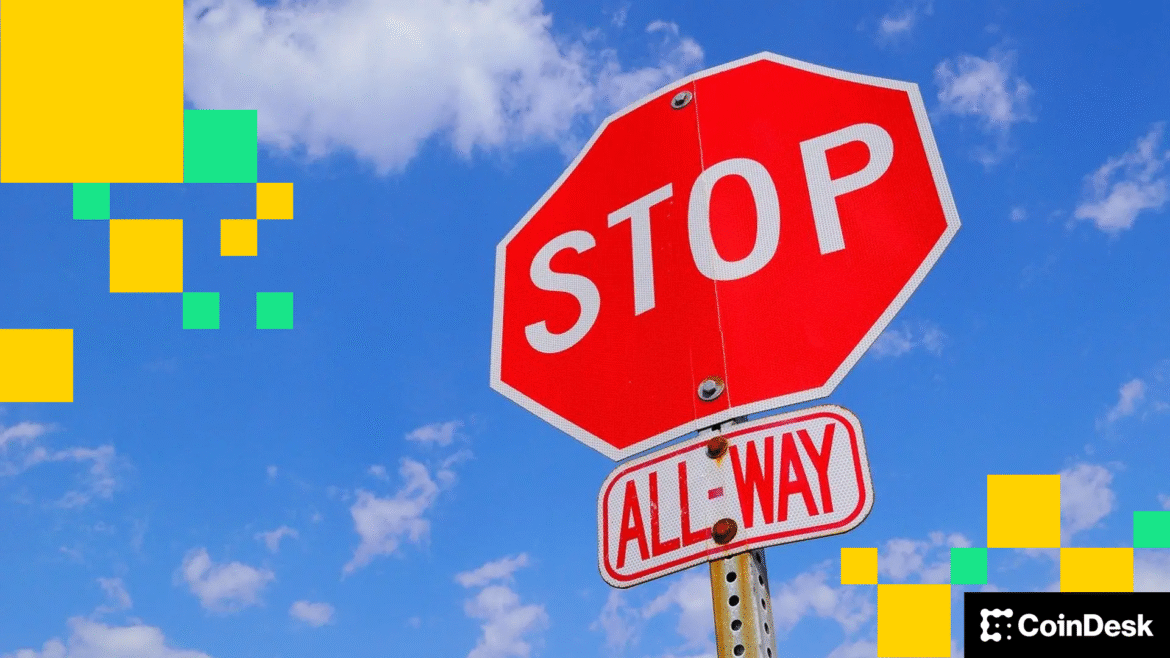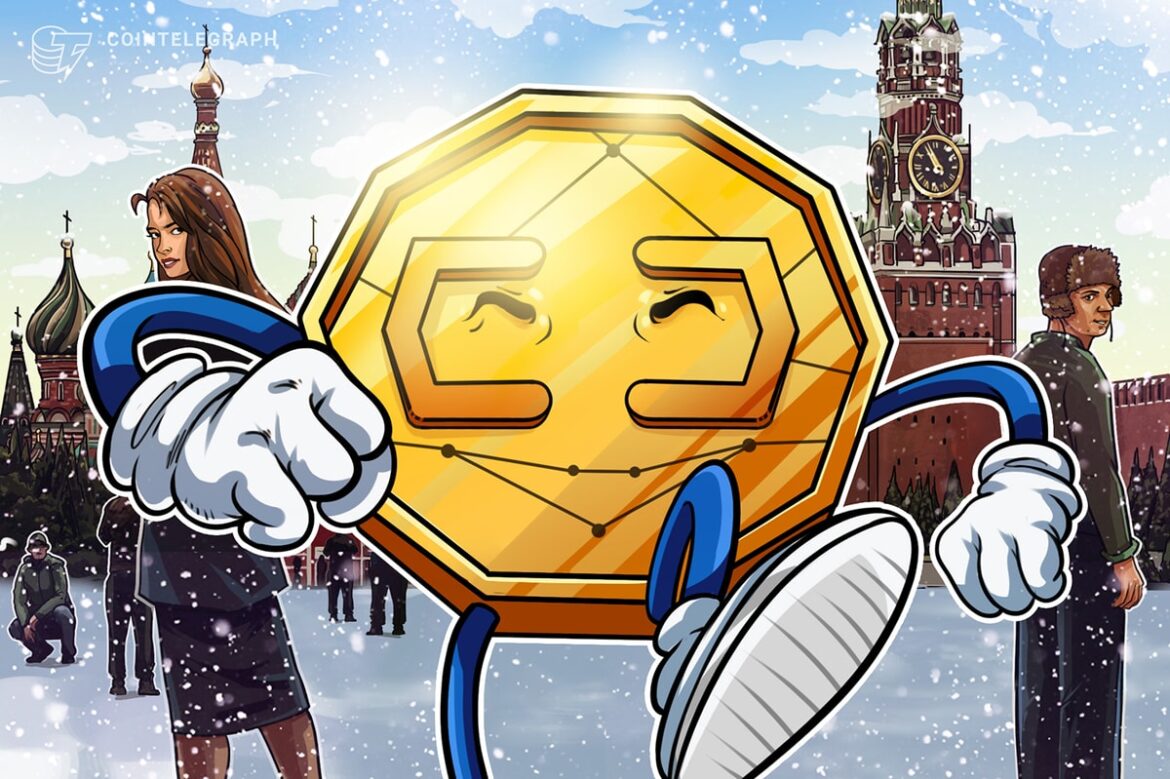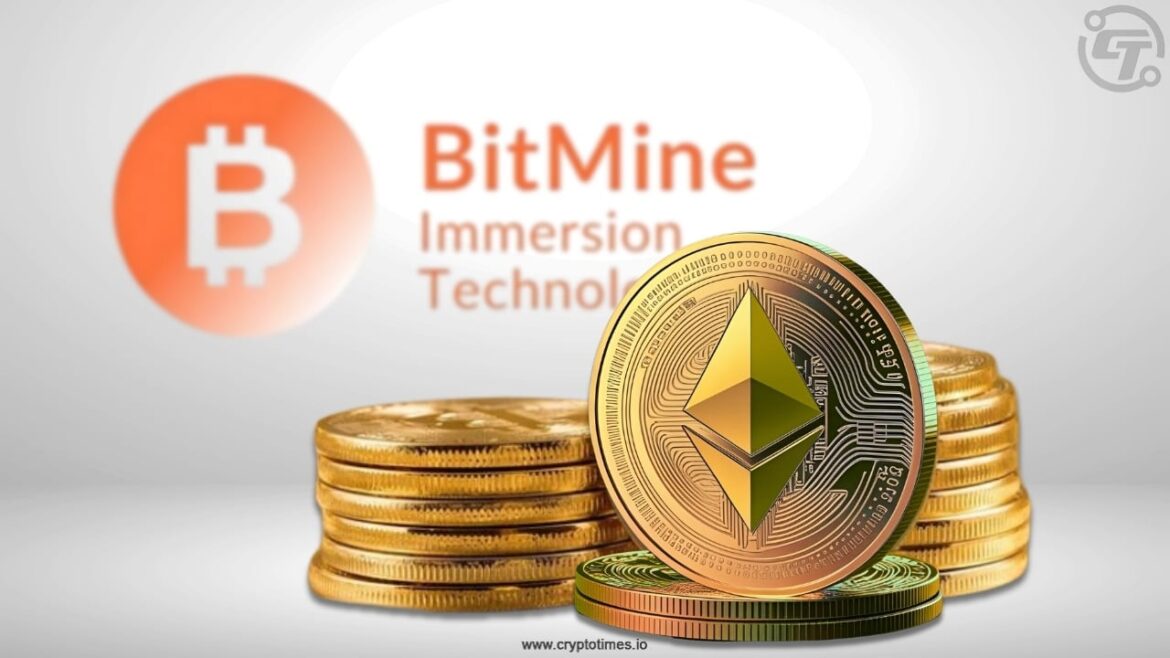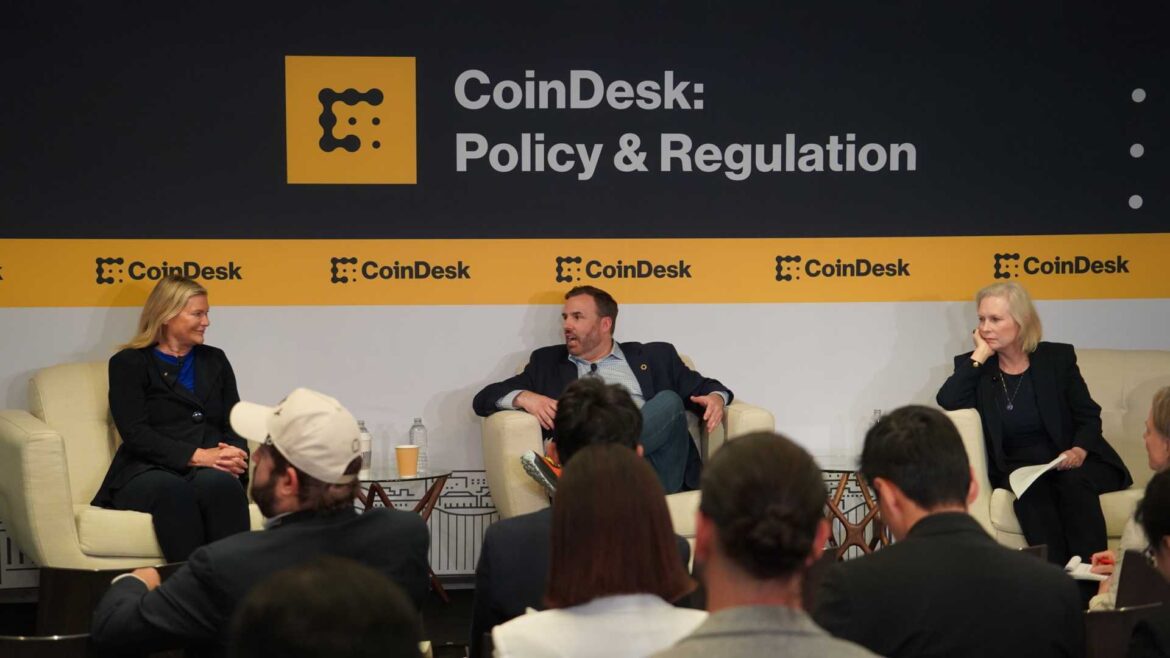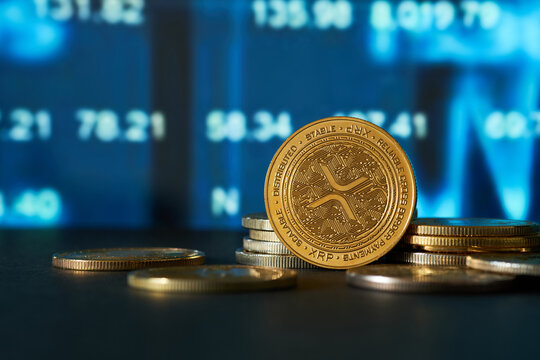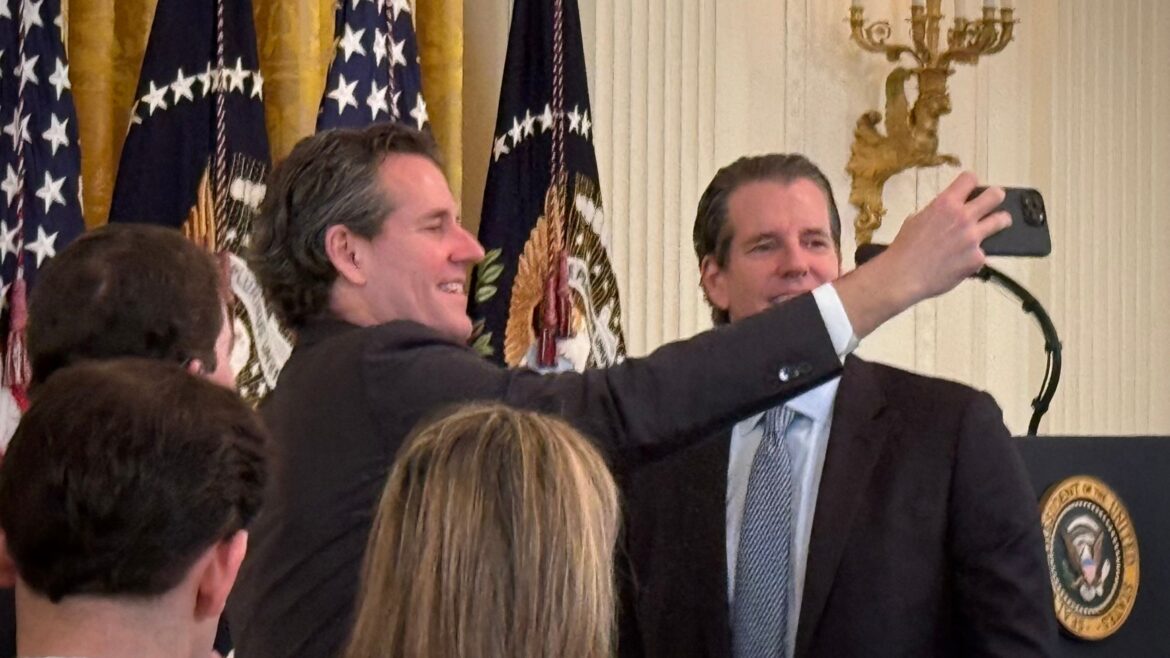Memecoin launchpad BONK.fun has launched USD1 stablecoin, marking the latest step in USD1’s rapid expansion across major trading platforms.
Summary
- Token creators can now launch new tokens paired with USD1 stablecoin, while traders can access USD1 pairs on BONK.fun, Raydium, or via third-party trading bots.
- USD1 stablecoin is live on major exchanges and blockchains, now the world’s fifth-largest stablecoin at $2.66 billion market cap.
Memecoin launchpad BONK.fun has announced the rollout of USD1 trading pairs as part of “Project Wings,” a new initiative developed in partnership with World Liberty Financial (WLFI).
Introducing Project Wings: The Eagle Takes Off! 🦅
– A new chapter for USD1 on Solana, alongside our ecosystem partners.
– A campaign created with traders at the center
– USD1 pairs are now available for launch and trading on @bonk_fun and @RaydiumProtocol Launchlab.
Keep an… pic.twitter.com/Zyt8EOXU94
— WLFI (@worldlibertyfi) September 10, 2025
For token deployers, this means they can now choose USD1 stablecoin as the base pair when launching new tokens on BONK.fun. For traders, USD1 pairs are available to trade directly on BONK.fun, through Raydium’s interface, or via third-party trading bots.
The platform also announced the availability of promotional rewards for eligible participants trading USD1 pairs on BONK.fun. However, details regarding the structure, eligibility criteria, and distribution methods of these rewards has not been disclosed.
USD1 stablecoin expanding footprint across global platforms
BONKfun is the latest platform to integrate the USD1 stablecoin, which is rapidly establishing itself across centralized and decentralized markets. USD1 is already live on Binance, Coinbase, Kraken, KuCoin, and HTX, Gate, Bitrue, MEXC, etc., as well as across multiple blockchains including Ethereum, BNB Smart Chain, Solana, and Tron.
The acceleration of adoption follows a major announcement earlier this year. At Token2049 Dubai in April, WLFI co-founder Zach Witkoff revealed USD1 had been selected as the settlement stablecoin in a $2 billion investment deal involving Binance and Abu Dhabi-based investment firm MGX. MGX had previously disclosed its intention to inject $2 billion into Binance using stablecoins but did not specify which one. The confirmation that USD1 will be used in the transaction was likely the key factor behind the token’s rapid market cap growth, which has surged past $2.5 billion.
USD1 stablecoin has now risen to become the world’s fifth-largest stablecoin by market cap, currently valued at $2.66 billion, according to CoinMarketCap.


